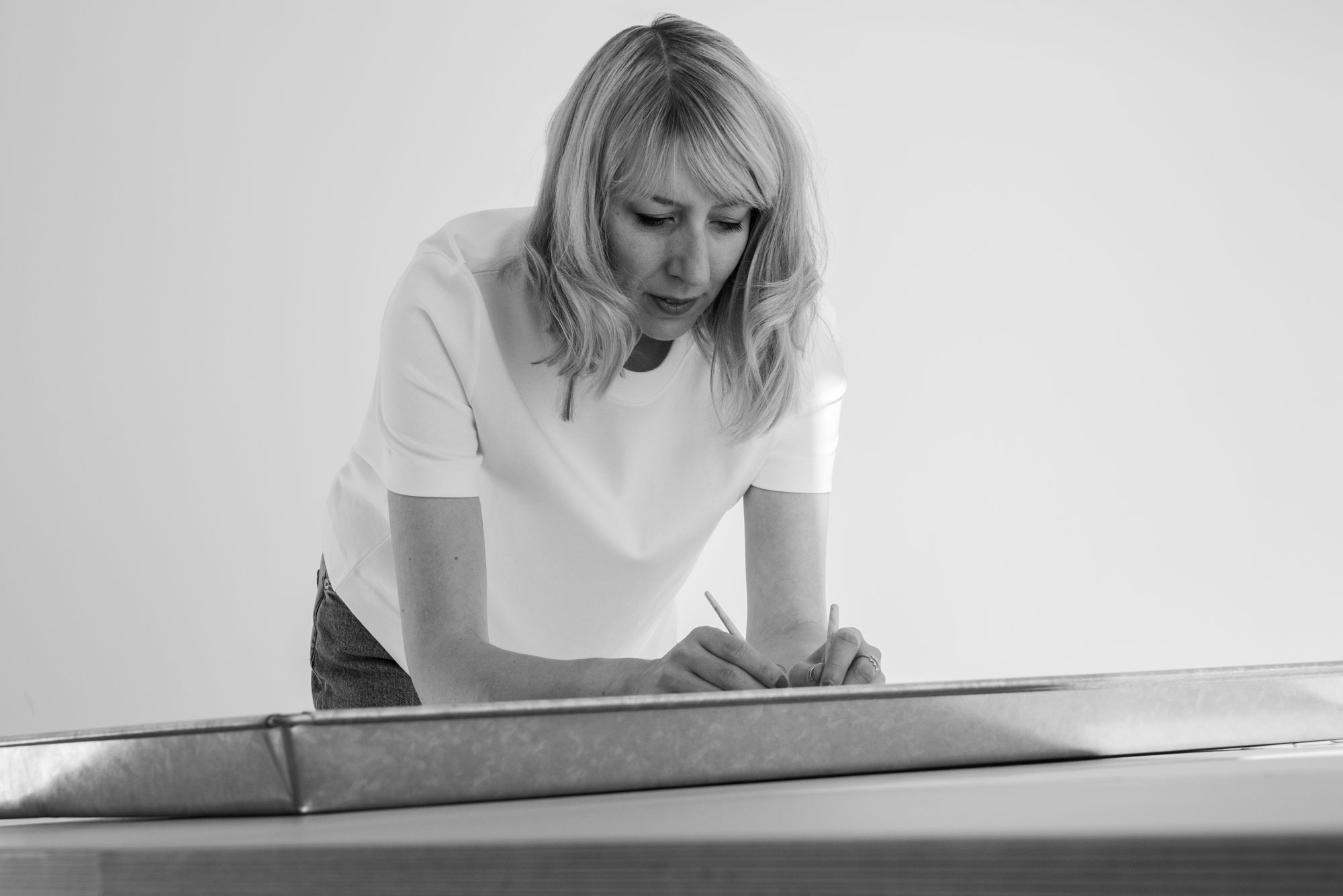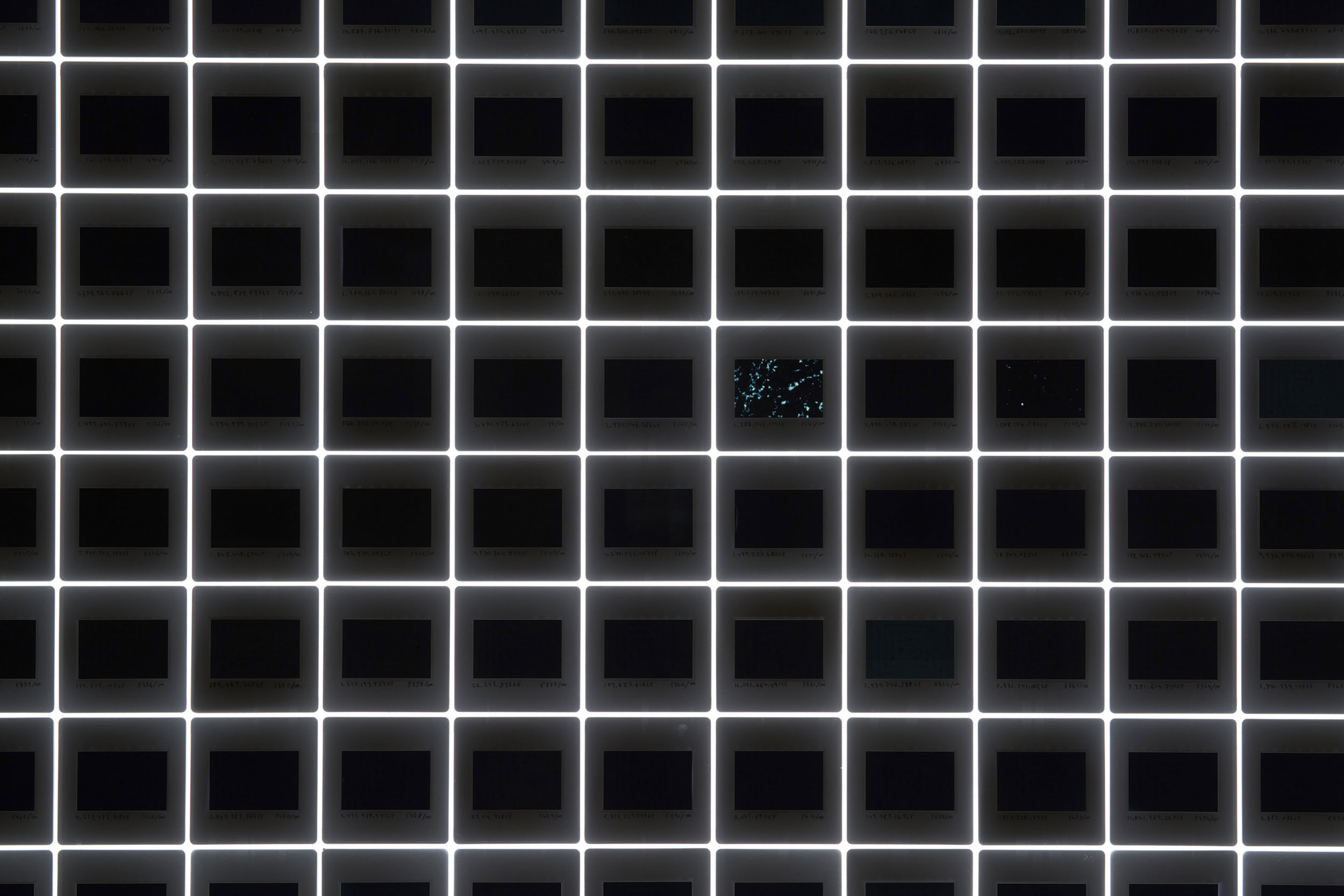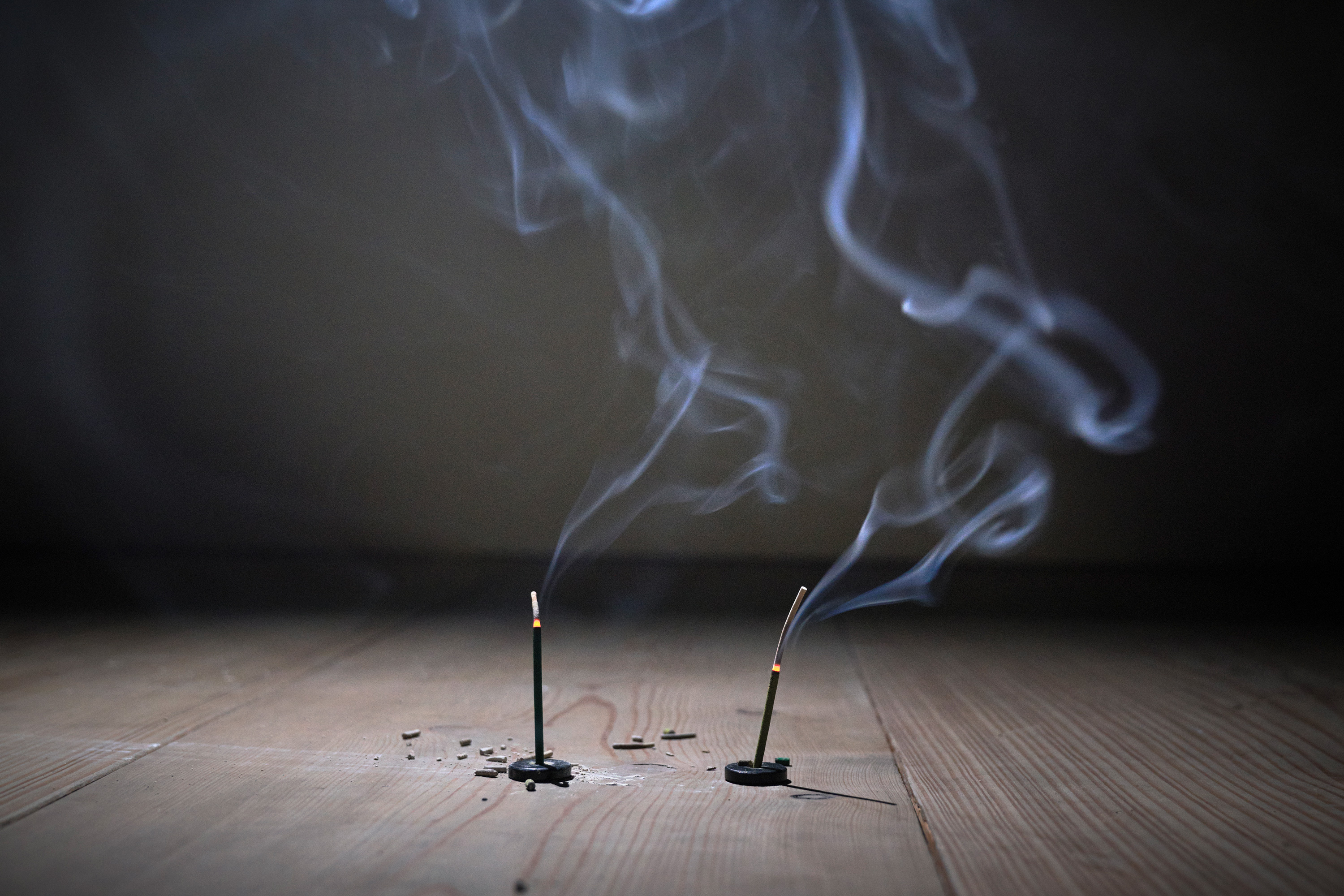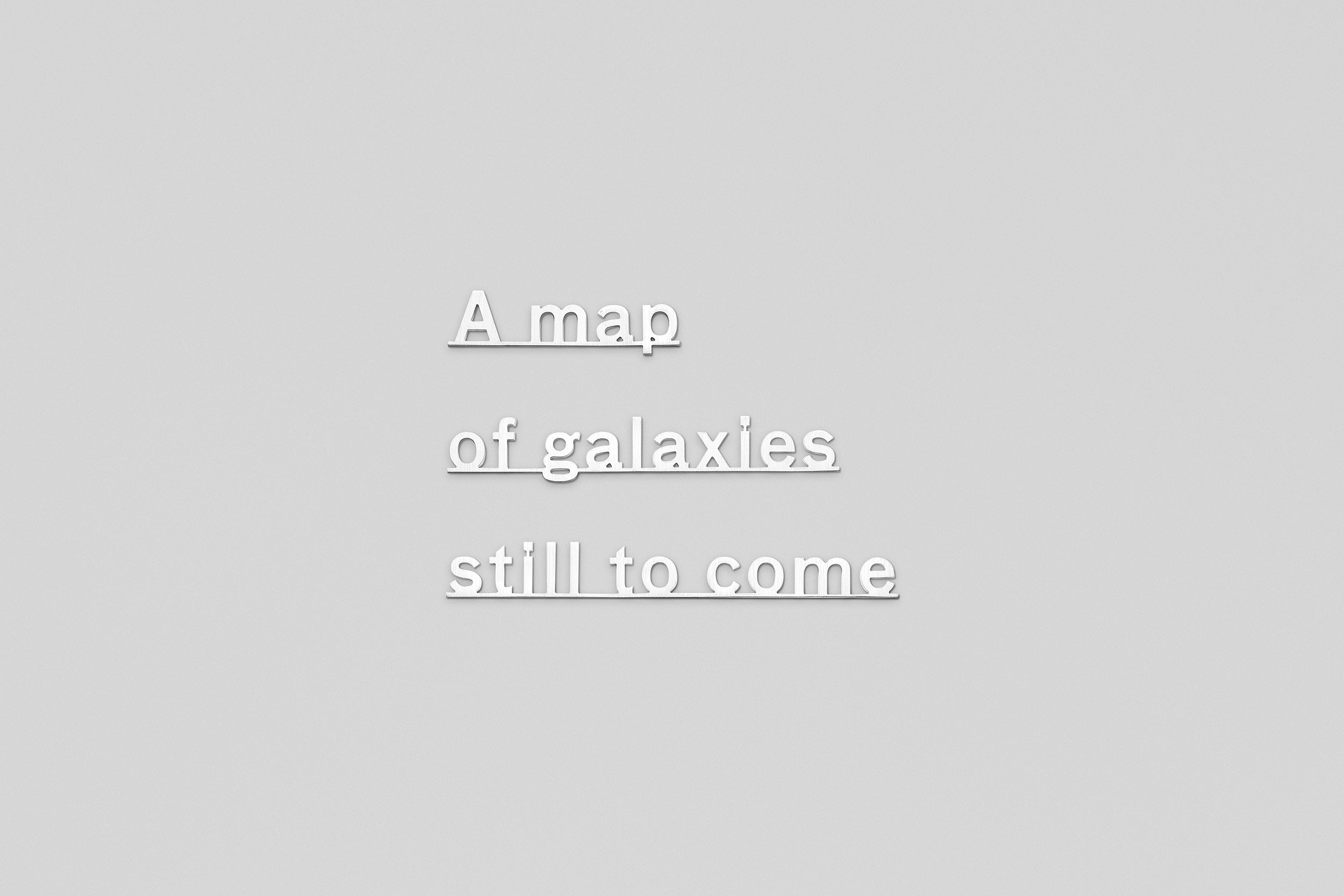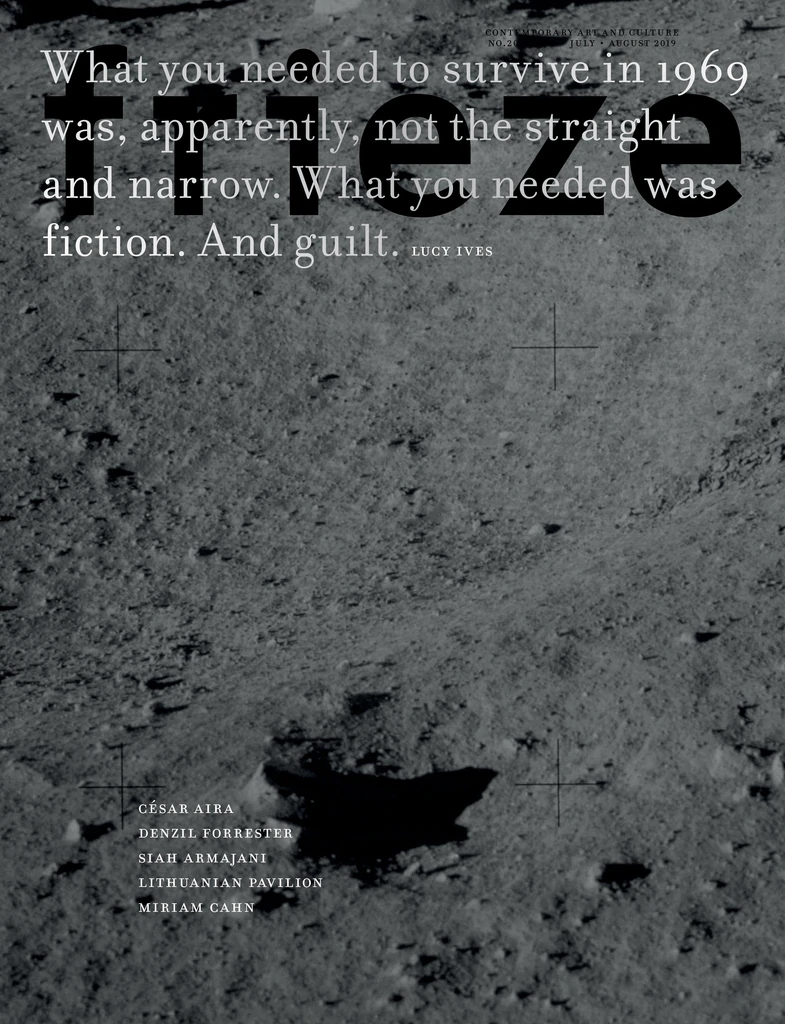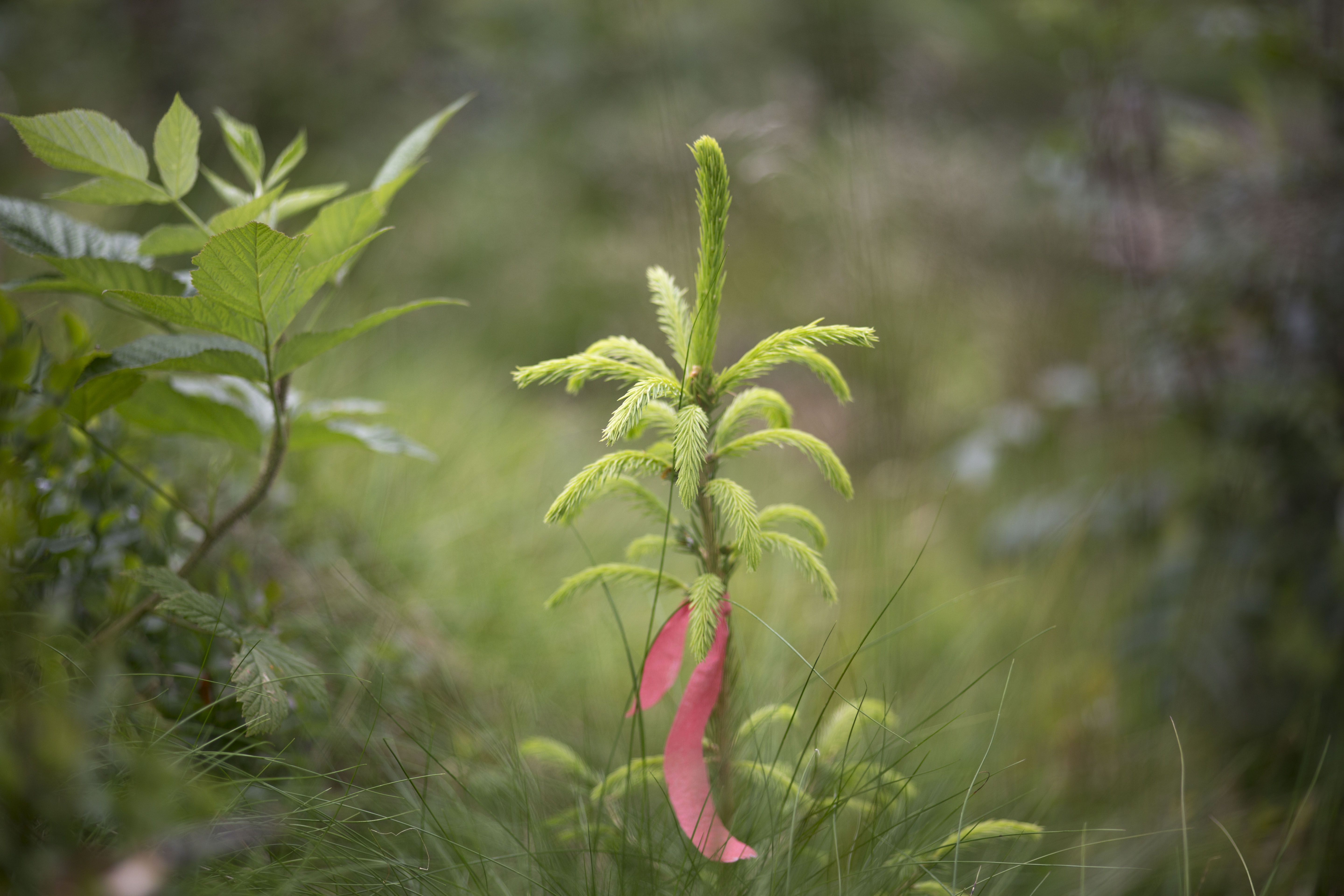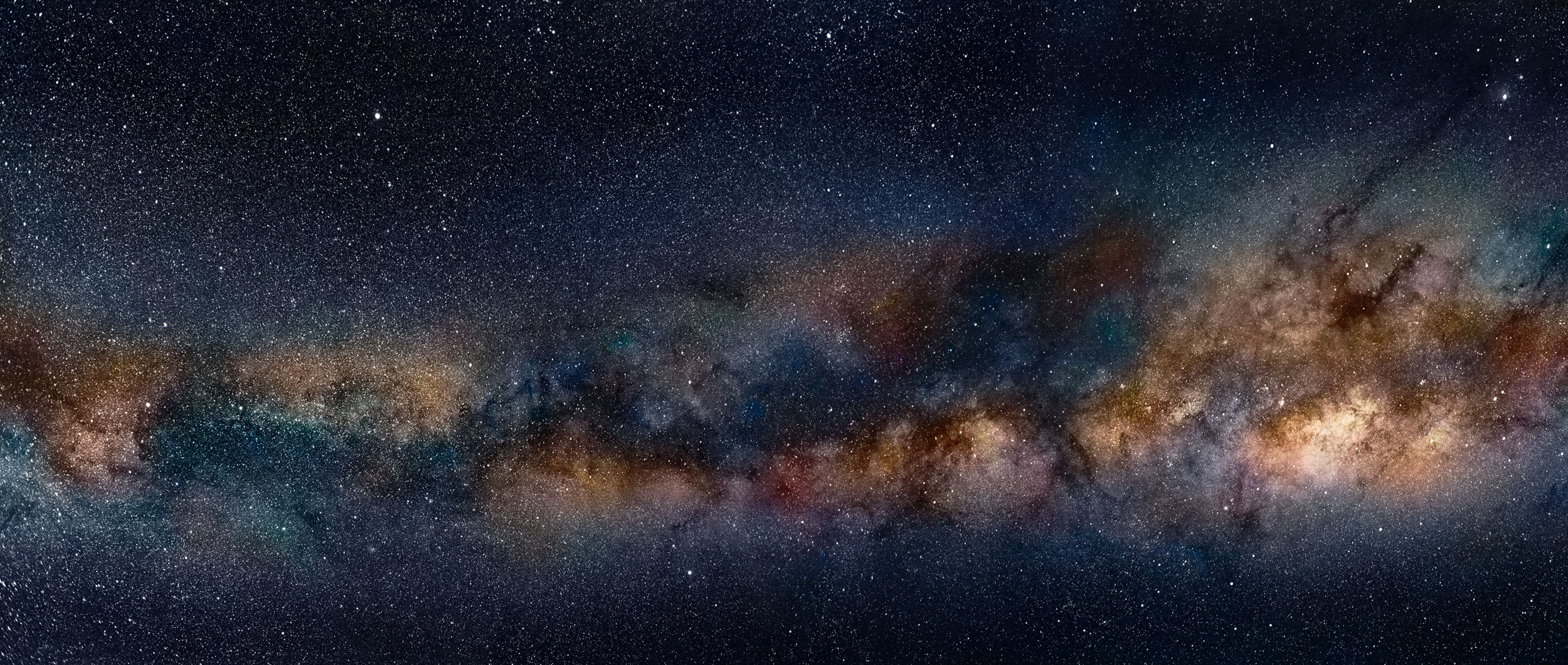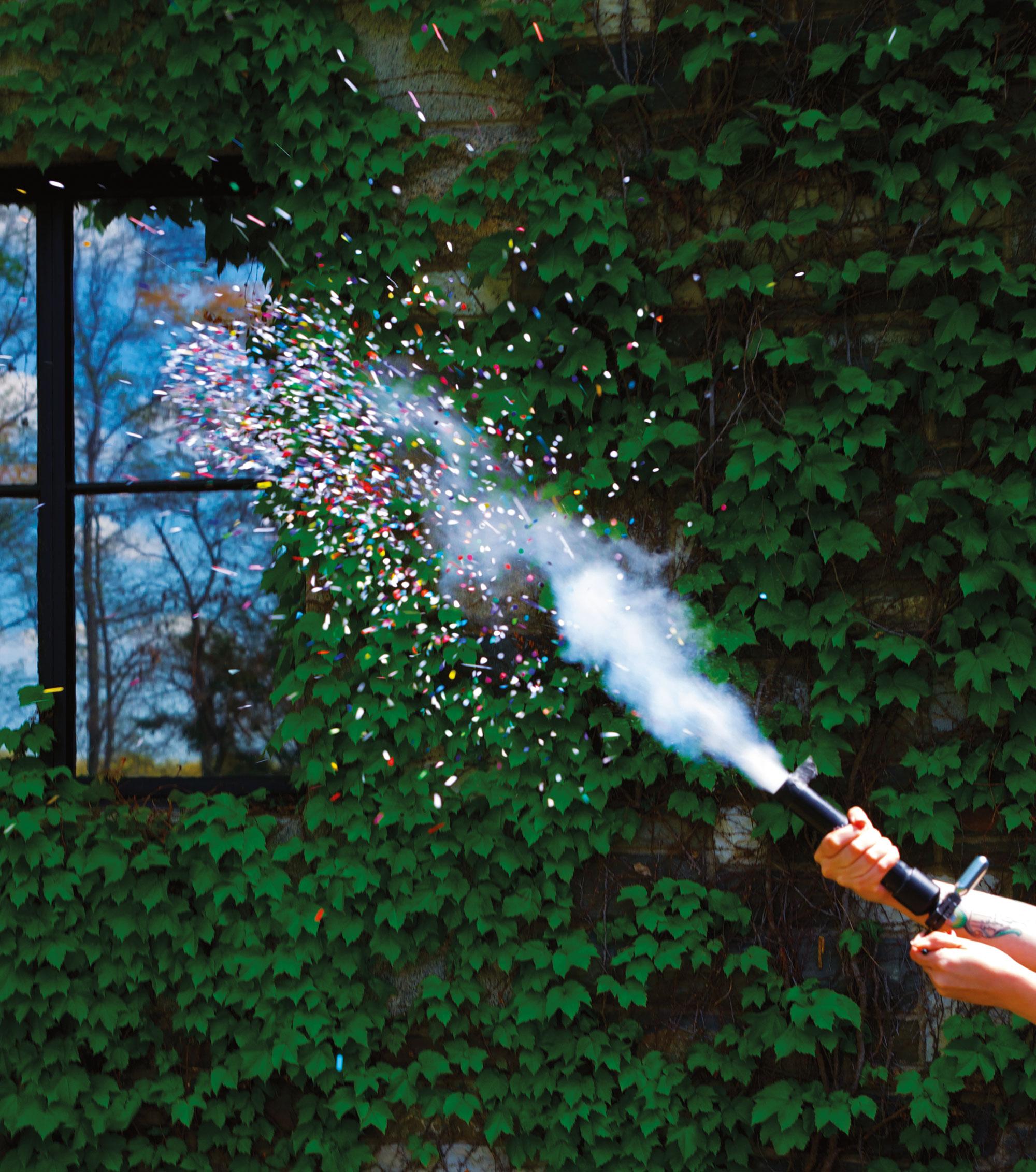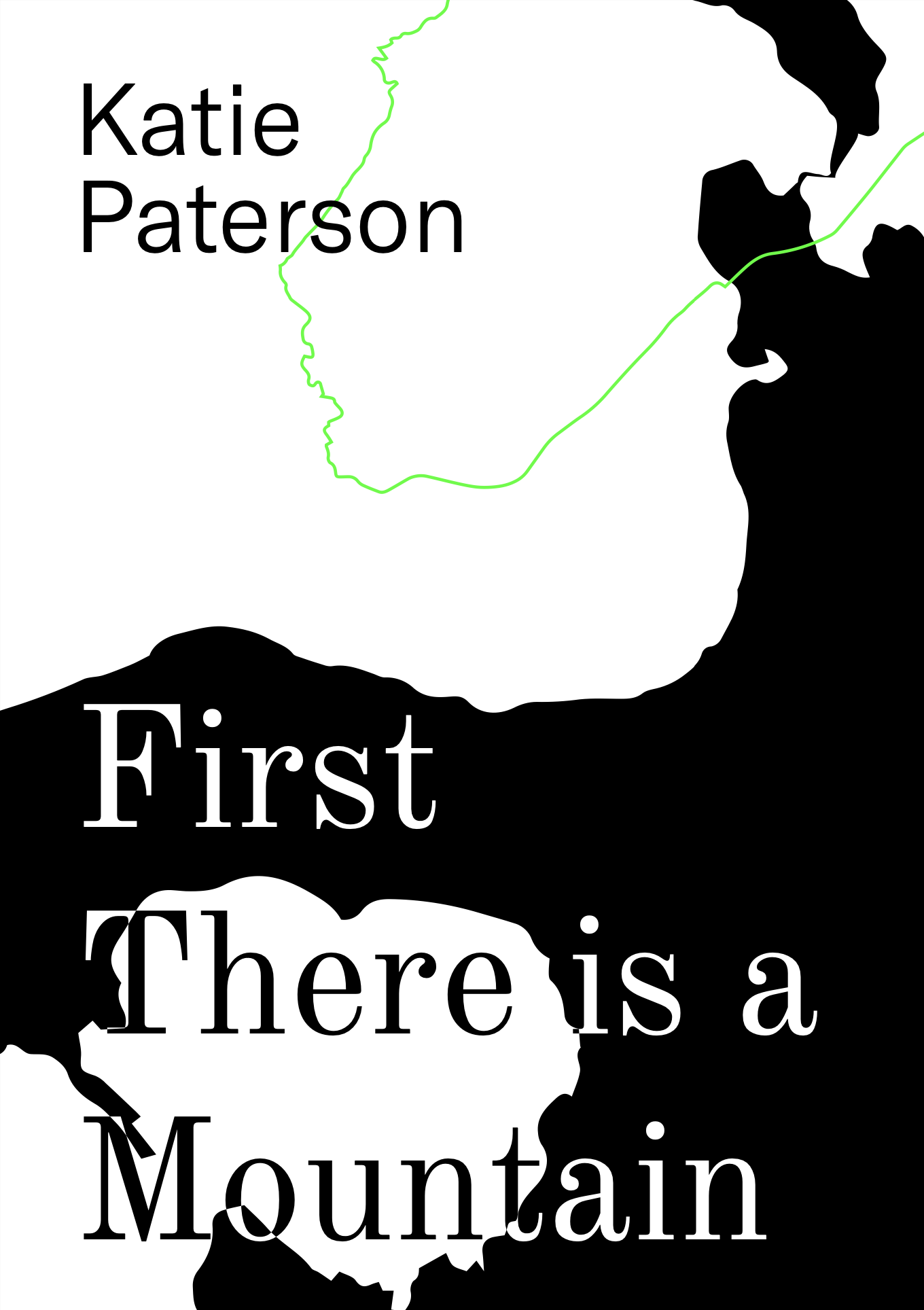The Museum of the World, by Emanuele Coccia

The Museum of the World, by Emanuele Coccia
“…From this perspective Future Library is the perfect answer to what we have called the Anthropocene. The Anthropocene has often been described as the movement by which we have invaded all space, made the entire planet our home, expanded to the point where we directly or indirectly occupy so much of the world and so much of the Earth that there is no space left. But the opposite could also be said: the planet has invaded our homes to such an extent that in our living rooms, bathrooms, kitchens and bedrooms live not only partners, children, and perhaps a dog, cat or forsythia, but every other living species. All species, even those least like us, have become pets, houseplants, bacteria, or companion fungi. We are called to share a one-bedroom apartment with them and learn to love them as we love dogs and cats. We cannot move; there is nowhere else to go. Other species cannot leave their homes either. This library is the museum of the dream, and of all species, and the beginning of a city that is home to all of them. It is their and our collective daydream.” Read Future Library 2024 essay by Emanuele Coccia.



